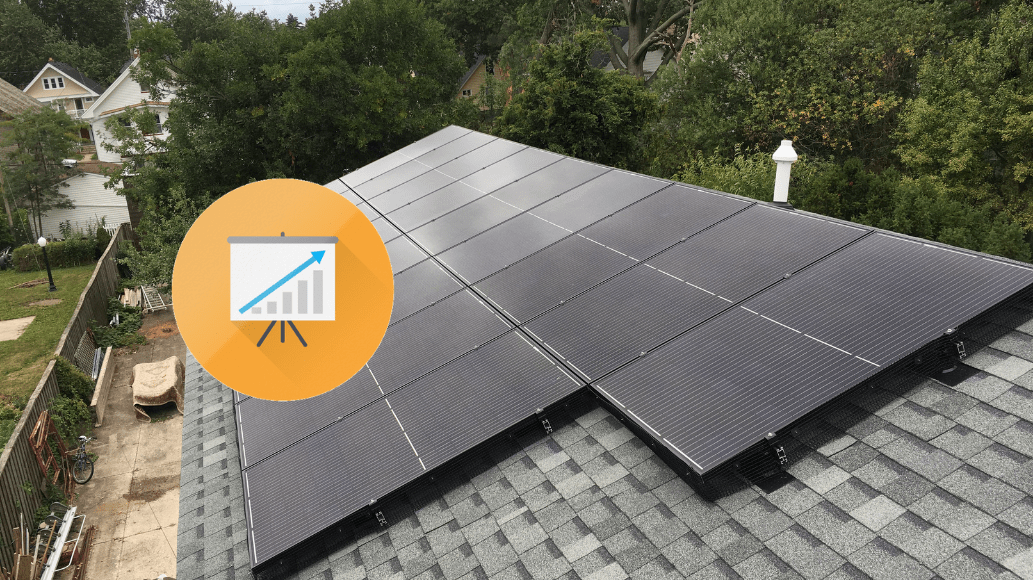When we design your solar energy system, First, we use satellite imagery and your electric bill to give you an initial review of your solar potential.
We discuss system sizes, locations, and costs. We review all system plans with you before installing, connecting, and commissioning your solar electric. Here are some guidelines to help you determine whether solar can work well for you:
Orientation
South-facing is best. Either the front or back of the house faces directly south. South-east facing can also work well, either the front or back of the house. South-west facing can also work well, either the front or back of the house.
A house facing east-west can also work—panels on the east side will get morning sunlight, those on the west will get afternoon sunlight.
[av_gallery ids=’4118,4121,4120′ style=’thumbnails’ preview_size=’portfolio’ crop_big_preview_thumbnail=’avia-gallery-big-crop-thumb’ thumb_size=’portfolio’ columns=’3′ imagelink=’lightbox’ lazyload=’avia_lazyload’ av_uid=’av-ete19′ admin_preview_bg=”]
Shade
- A Completely un-shaded house is best. Sunlight covers the roof all day.
- A lightly-shaded house can work for solar — we can position the solar panels to avoid shade. Module level optimizers prevent the old problem of losing the output of an entire string of panels when one module gets shaded. However, shade is still an important factor in good solar design.
- A heavily-shaded house will not work for rooftop solar—but, give the amount of available space, we can do a ground-mounted system in that case.
[av_gallery ids=’4164,4160,4161′ style=’thumbnails’ preview_size=’portfolio’ crop_big_preview_thumbnail=’avia-gallery-big-crop-thumb’ thumb_size=’portfolio’ columns=’3′ imagelink=’lightbox’ lazyload=’avia_lazyload’ av_uid=’av-2yhabx’ admin_preview_bg=”]
Roof Slope & Shape
- On a flat roof, solar panels can be easily mounted on ballasted racks that tilt them toward the sun.
- A 30-degree roof pitch is ideal. We can flush-mount the solar panels for best sun exposure.
- A 15-degree pitch works well. Our racking can tilt the solar panels slightly steeper to get the best sun exposure.
- Complex roof lines can also work well, depending upon the size and orientation of the different roof facets.
Energy Offset
A properly-sized solar electric system is a function of 3 factors: How much energy do you typically use? How much available space do you have? What is your budget?
A good solar installer will have system designers & solar consultants who will optimize these variables find the “sweet spot” for your system—the best size for your available electric needs, space and budget.
By right-sizing your system, a good installer will shorten your payback period.
- How much energy you use – your home’s energy consumption tell us the maximum limit of how much solar energy you will need to power your home. This is why many installers request an electric bill with your homes annual usage to create a solar estimate.
- How much space you have – How much space do you have on your roof or on the ground for solar? We look for space that is free from shade, is free from roof obstructions and is not facing northward.
- Your budget – How much do you plan to spend on solar? Do you want premium solar panels or our more cost-effective option?









